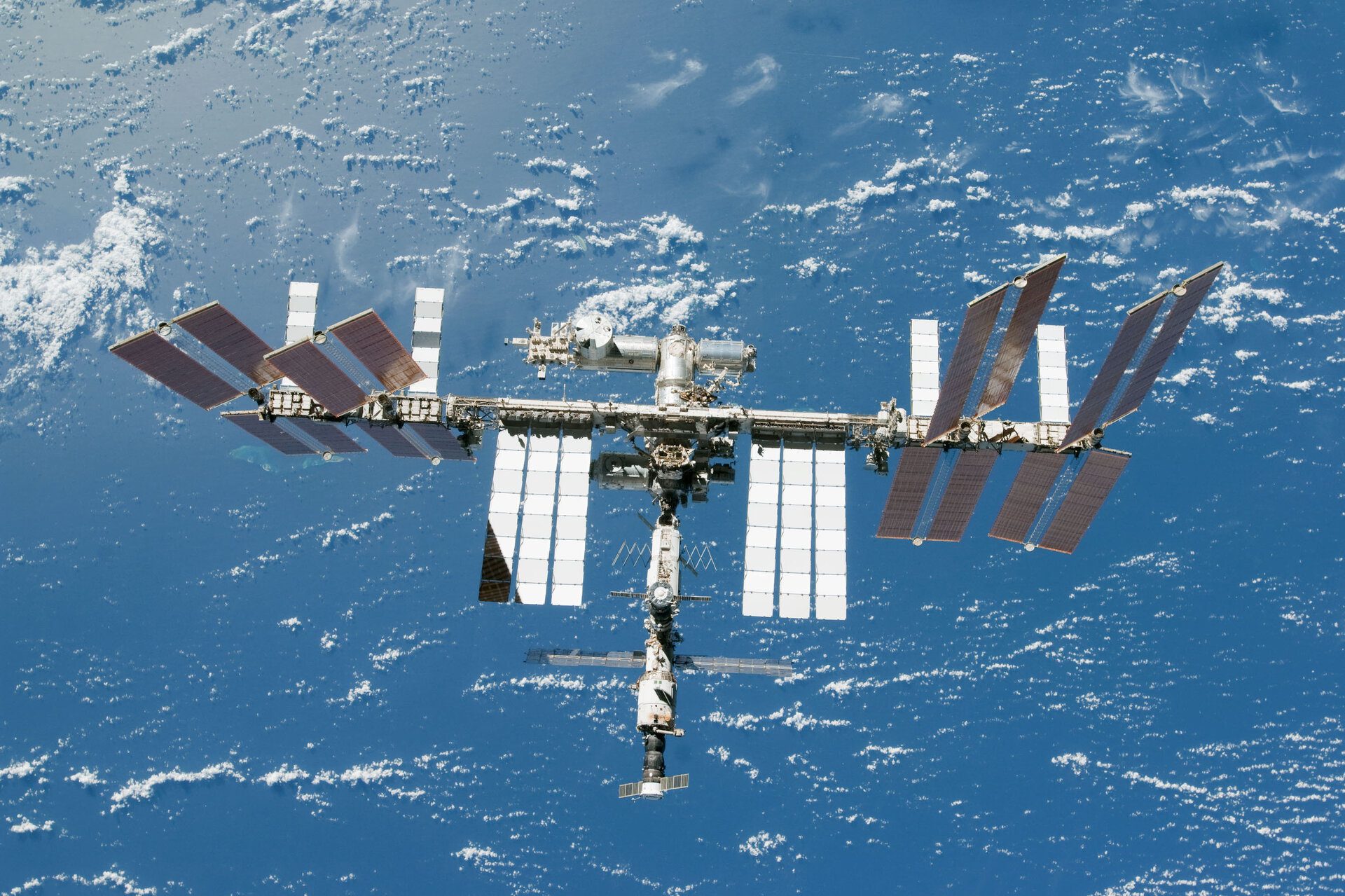Space exploration has come a long way since the first moon landing in 1969, thanks to the development of new technologies. Engineers and scientists continue to push the boundaries of space exploration with advanced technologies like Mars rovers, ion propulsion, space elevators, hypersonic flight, 3D printing, artificial intelligence, in-situ resource utilization, laser communication, plasma thrusters, and cubesats. Mars rovers have helped discover the Martian environment. Ion propulsion uses electricity to accelerate ions to high speeds, making it a promising technology for future space missions. Space elevators could revolutionize space exploration by launching spacecraft into space without traditional rocket propulsion. Hypersonic flight could reduce the time it takes to get to space while 3D printing can be used to create parts and components for spacecraft and satellites. Artificial intelligence can help automate certain tasks on spacecraft, whereas in-situ resource utilization uses resources found on other planets or asteroids to reduce the need for costly and complex resupply missions from Earth. Laser communication can increase data transfer rates and reduce the size and weight of communication equipment on spacecraft. Plasma thrusters can make space travel faster and more efficient, whereas cubesats are small, low-cost satellites that can be used for a variety of applications. With these technologies, we are constantly pushing the boundaries of what is possible in space exploration.
10 Technologies Pushing the Boundaries of Space Exploration
Space exploration has come a long way since the first moon landing in 1969. With every new mission, scientists and researchers are discovering more about space and unlocking its mysteries. However, space exploration is not without its challenges. To overcome these challenges, engineers and scientists have developed new technologies that continue to push the boundaries of space exploration. In this article, we look at 10 technologies that are driving space exploration forward.
1. Mars Rovers
Exploring Mars has been a long-standing goal for scientists and researchers. In recent years, this goal has been made possible with the development of Mars rovers. These rovers are equipped with advanced sensors and cameras that allow them to collect valuable data about the Martian environment. The most famous Mars rover, Curiosity, is equipped with a rock sampling system, drill, and laser that allows it to analyze the composition of rocks and soil on Mars.
2. Ion Propulsion
Ion propulsion, also known as electric propulsion, is a technology that has been gaining popularity in recent years. Unlike traditional spacecraft propulsion systems, which use chemical fuel, ion propulsion uses electricity to accelerate ions to high speeds. This allows spacecraft to travel faster and more efficiently than traditional propulsion systems, making it a promising technology for future space missions.
3. Space Elevators
Space elevators are a theoretical technology that could revolutionize space exploration. The idea is to build a cable that stretches from Earth’s surface to a geostationary orbit, allowing spacecraft to be launched into space without the need for traditional rocket propulsion. While the technology is still in the early stages of development, it has the potential to make space exploration more accessible and affordable.
4. Hypersonic Flight
Hypersonic flight refers to flying vehicles that travel at speeds greater than Mach 5. This technology has the potential to revolutionize space travel by reducing the time it takes to get to space. Hypersonic flight has the potential to make space travel faster and more efficient, making it a promising technology for future space exploration.
5. 3D Printing
3D printing technology has made advancements in recent years, making it a promising technology for space exploration. 3D printers can create parts and components for spacecraft and satellites, reducing the need for costly and time-consuming traditional manufacturing methods. In addition, 3D printing can be used to create spare parts and tools for astronauts on long-duration missions.
6. Artificial Intelligence
Artificial intelligence (AI) is becoming increasingly important in space exploration. AI can be used to analyze data from space missions and make predictions about future outcomes. This technology can also be used to automate certain tasks on spacecraft, such as navigation and communication, allowing astronauts to focus on other tasks.
7. In-Situ Resource Utilization
In-situ resource utilization (ISRU) refers to the use of resources found on other planets or asteroids to sustain human life and support space exploration. This technology can reduce the need for costly and complex resupply missions from Earth. For example, water found on Mars could be used to produce oxygen for astronauts to breathe and fuel for spacecraft.
8. Laser Communication
Laser communication is a technology that uses lasers to transmit data between spacecraft and Earth. This technology has the potential to increase data transfer rates and reduce the size and weight of communication equipment on spacecraft. In addition, laser communication is less affected by interference from Earth’s atmosphere, making it a promising technology for future space missions.
9. Plasma Thrusters
Plasma thrusters are a type of propulsion system that uses plasma to generate thrust. These thrusters have the potential to make space travel faster and more efficient than traditional propulsion systems. In addition, plasma thrusters can operate for longer periods of time, making them a promising technology for long-duration space missions.
10. Cubesats
Cubesats are small, low-cost satellites that have become increasingly popular in recent years. These satellites are typically no larger than a shoebox and can be launched into space alongside larger payloads. Cubesats can be used for a variety of applications, including Earth observation, communication, and scientific research.
In conclusion, space exploration is an exciting field that is constantly evolving. With the help of these 10 technologies, scientists and researchers are pushing the boundaries of what is possible in space exploration. As we look to the future, it is clear that these technologies will play an increasingly important role in discovering more about the universe we live in.
